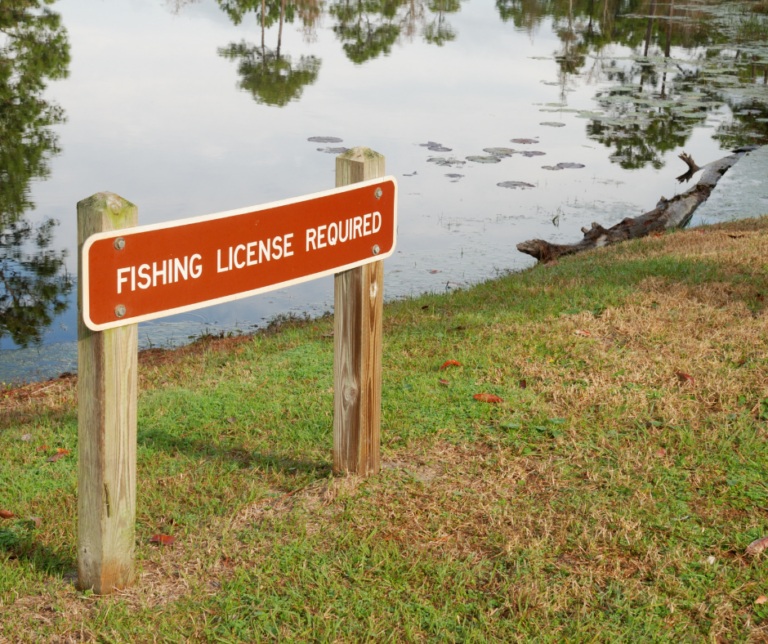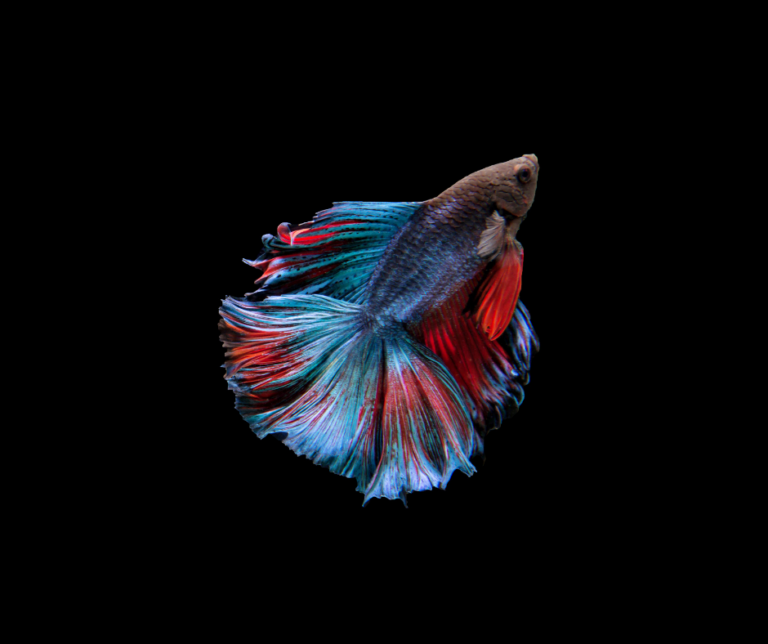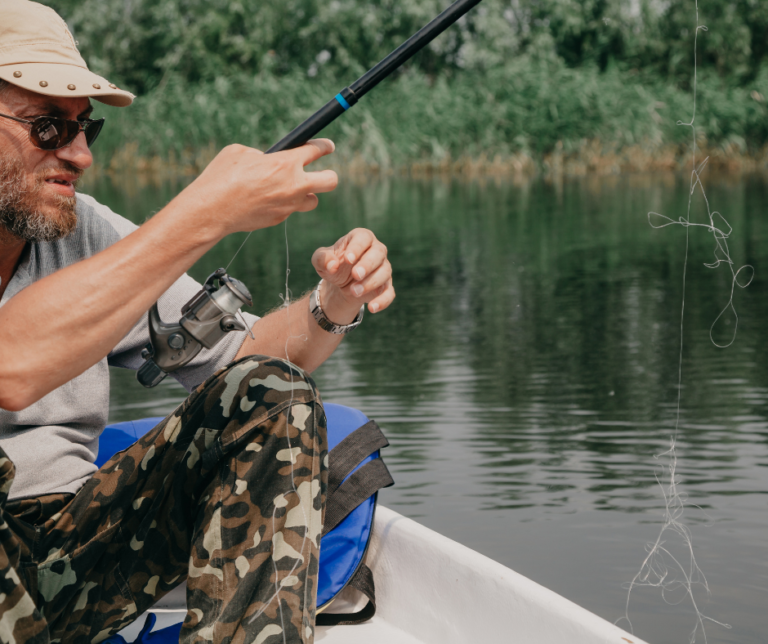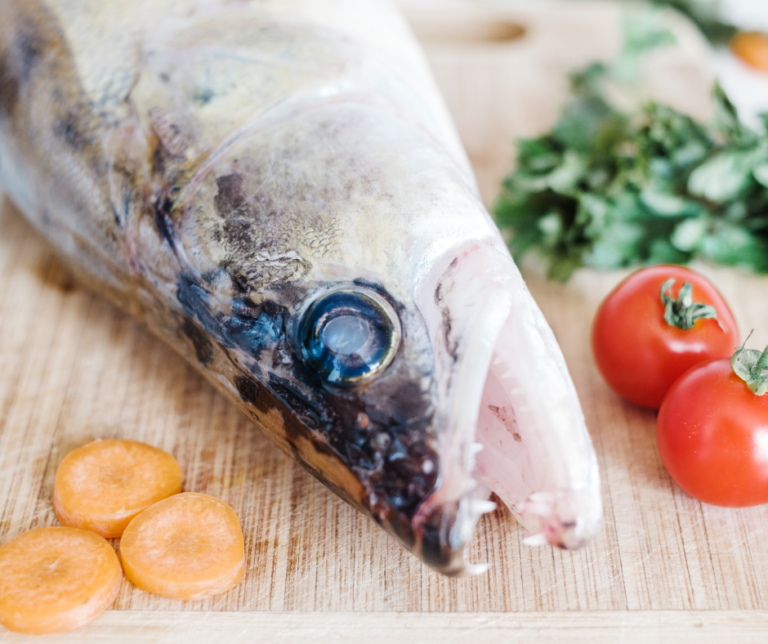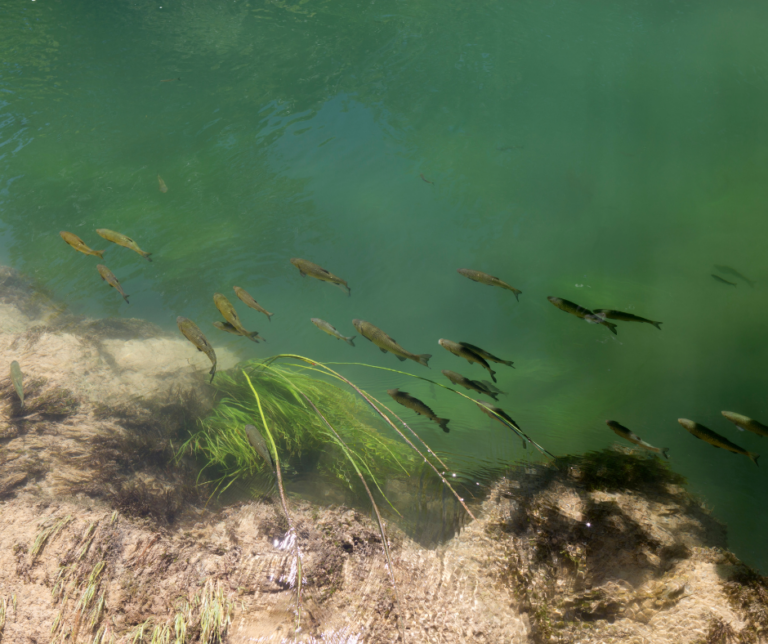Burbot Fishing Tips
What is a Burbot Fish?
Are you interested in burbot fishing? The burbot is a gadiform freshwater fish. Common names for burbots include bubbot, mariah, loche, and cusk. Although closely related to marine ling and cusk, they are unique within their genus. Learn all about this beautiful fish from the following informational articles. We’ll also discuss its nutrition and life cycle. So, what is the best way to catch a burbot, keep reading to find out.
Thank you for reading this post, don't forget to subscribe!Description
The burbot is a freshwater species of fish. It has an elongated serpentine body, a narrow head, and one barbel on the chin. Its body is covered with tiny scales. Its dorsal fins are split into two sections and extend to the tailfin. Its dorsal fin is the longest, and the anal fin is almost as long as its dorsal fin. The burbot has two dorsal fins, one of which is elongated. This species is also characterized by its large squid-like mouth.
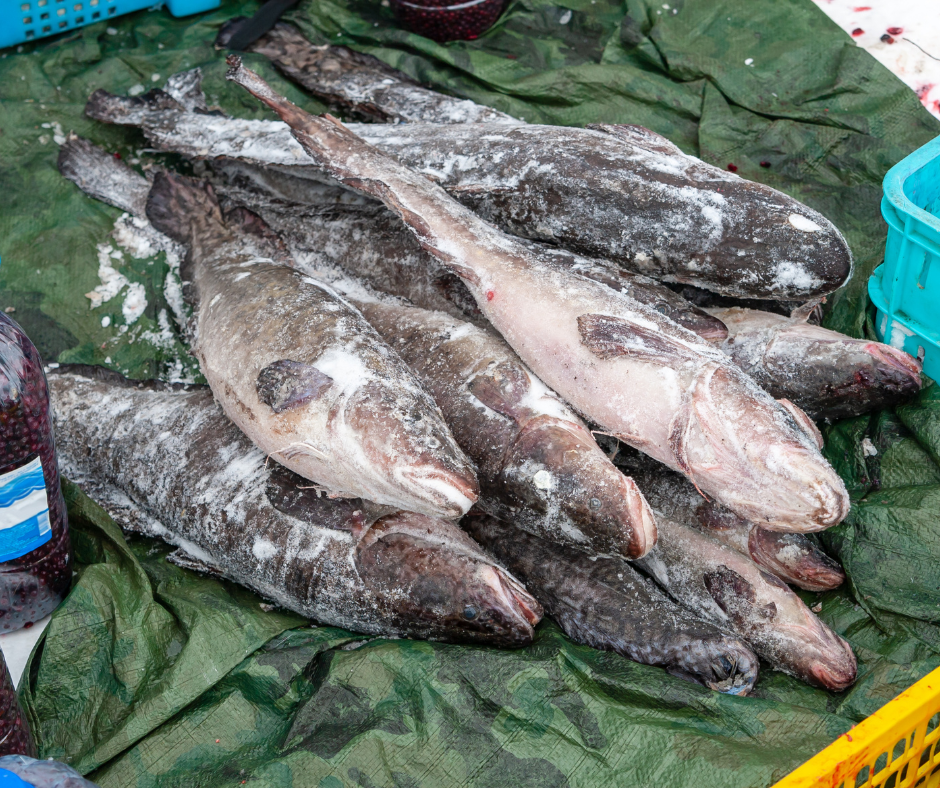
Distribution
The burbot, also known as eelpout, is a small carnivorous fish that is native to cold-water lakes and rivers in Europe, Asia, and North America. Its distribution spans the Atlantic, Pacific, and Canadian oceans. Burbots are bottom-dwelling fish that can grow up to 1.5 meters long. These fish have small, embedded scales and two dorsal fins. Some areas also value the burbot as a food source.
Life cycle
In their cold-water habitat, burbots may grow to over 6 kilograms. The elongated body of the burbot fish allows it to reach an estimated weight of 6 kilograms. Despite their relatively low fecundity, burbots are considered to be one of the most efficient predators, and their longevity is often measured in decades rather than years. In the following paragraphs, we’ll look at the life cycle of burbot fish and some of its features.
Nutrition
In addition to the many benefits that this fish offers to the body, burbot also has a high nutritional value. They are cousins to cod and have meat that is tender and very nutritious. Burbot also has a highly nutritious liver compared to cod’s. Burbot is native to lakes and rivers in northern Siberia, where its 30-kilogram giants aren’t uncommon. In 1976, on the Taimyr Peninsula, the world’s largest burbot was caught.
Reputation as a sport fish
Its reputation as a sport fish for burbot is based on its tasty taste, and it grows big! The North Dakota and Minnesota state records are 18 pounds and 19 pounds, respectively. Burbot are tasty fish that often peel the line of the drag. They are one of the few indicator species in the United States, and they require cold, high-quality water to grow and reproduce. But even if they do not win beauty contests, they are fun to catch, and once you manage to get them to eat, they are delicious.
Burbot Fishing – The Basics
If you’re looking for some information on burbot fishing, you’ve come to the right place. This article covers the basics of this fish, including when to fish for them, the best time of year to fish, and the best type of live bait to use. In addition, we cover the requirements to catch burbot. So, get out there and start catching those fish! Read on for more! You may be surprised at how easy it is!
Description of the burbot
A description of the burbot fishing experience will include the species’ size, life history, and habitat. These species are the only Cod that live in freshwater, and their inland populations are endangered. They can grow as large as 46 inches, but usually weigh less than eight pounds. Burbot are not as large as their ocean counterparts, and they are vulnerable to habitat destruction and water quality degradation. They also suffer from sedimentation and toxic chemical spills.
Best time to fish for burbot
If you are looking for a good spot to catch Burbot, you’ve come to the right place. They tend to prefer rocky and gravel areas. During the summer, Burbot will stay in deeper waters, but during winter, they’ll migrate from deep to shallow water, making the best time to catch Burbot during this transitional time. Here are some tips to help you catch Burbot:
Live bait is best
Burbot are a great table fish and the poor man’s lobster. They are also relatively easy to clean and offer an epic battle. Burbot fishing can be a great sport, but it is essential to select your bait wisely. Burbot typically feed on eels, minnows, whitefish, and nightcrawlers. Dead bait may also work. Before fishing in a new location, always check local regulations.
Requirements for catching a burbot
Fishing burbot requires a few specialized skills. Although they are active primarily at night, burbot can be caught year-round using standard bait fishing methods. Some areas of the State allow set lines, a method similar to trapping, in which the angler sets bait onto a fixed line. Set lines are usually fished through ice in the winter months. To fish a burbot, you need to be a licensed sport fisherman. The fishing gear needed for a burbot fishing trip includes a single hook with a gap between the point and the shank of at least 3/4 inch.
Management of the burbot fishery
This species is highly exploitable and has an unusual life history. Only one other fish species has a circumpolar distribution, the northern pike, so burbots are widespread in the north. Although their life cycle is a mystery, the variety of colorful names given to burbots is an indication of their popularity in some angling circles. Here is an overview of the latest research into burbot fisheries.
Common names
Burbot are serpent-like fish that live in the deep waters of the North Pacific and arctic regions. They have a long, flattened head with a single tube-like projection on each nostril and a mouth full of small teeth. They have two soft dorsal fins and an anal fin that is nearly as long as their dorsal fins. The caudal fin is rounded and the pelvic fins are narrow and fan-shaped. The burbot is closely related to saltwater cod. Have you ever caught a burbot fish?


